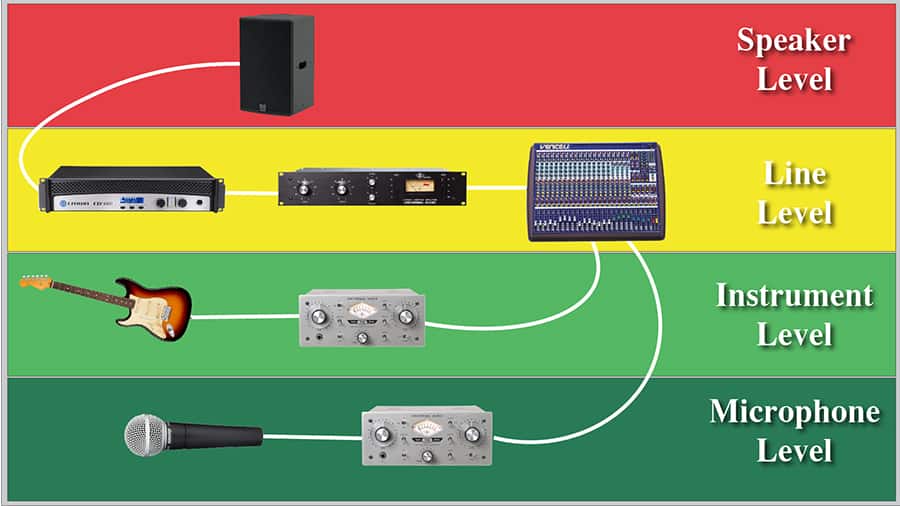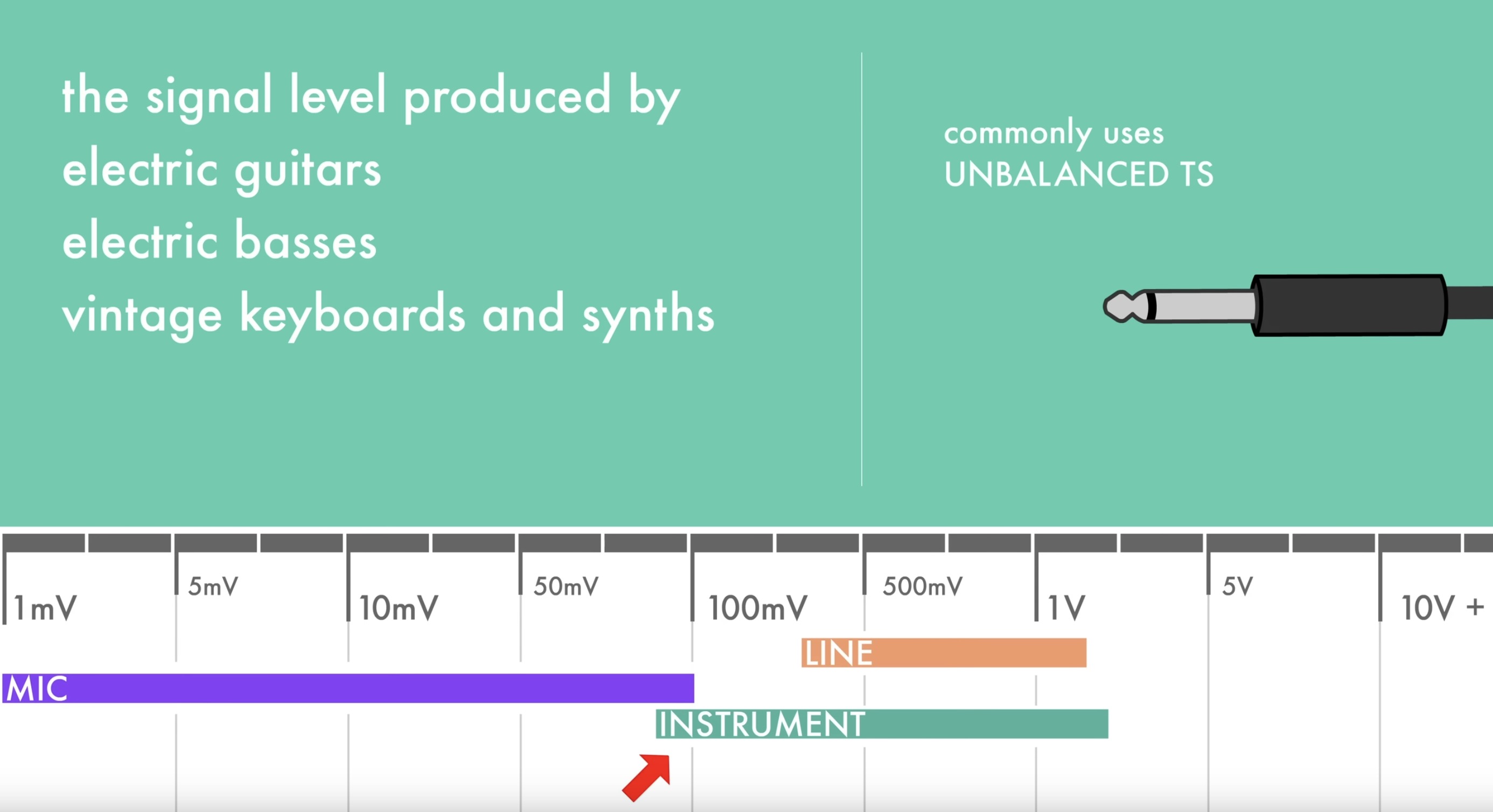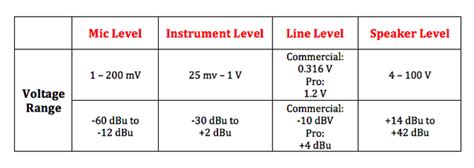
Introduction
In pro audio, you’ll generally be dealing with four primary types of audio signals, each possessing distinct characteristics and requiring specific handling techniques for optimal performance and signal integrity. These categories – analog, digital, balanced, and unbalanced – represent fundamental distinctions that dictate how audio is captured, transmitted, processed, and ultimately, reproduced. Let’s examine each in detail.
1. Analog Audio Signals:
Analog audio signals are continuous representations of sound, mirroring the waveform of the original acoustic source. Think of a vinyl record: the grooves physically represent the sound waves, and a stylus vibrates in response, recreating the sound. These signals are inherently susceptible to noise and distortion due to their continuous nature.
- Characteristics: Analog signals vary continuously in amplitude and frequency, reflecting the nuances of the original sound. They are represented by voltage fluctuations that directly correspond to the sound pressure level and frequency content.
- Examples: Traditional microphone outputs (XLR), line-level signals from synthesizers, and the output from a tape recorder are all examples of analog signals. A recording of a live orchestral performance, captured directly with a condenser microphone, is a prime example.
- Challenges: Analog signals are vulnerable to interference from electromagnetic fields (RFI), radio frequency interference, and ground loops. These sources introduce unwanted noise, often manifesting as hum, buzz, or hiss. Furthermore, the quality of analog cables and connectors significantly impacts signal integrity; a poorly constructed cable can introduce distortion and degrade the signal. The inherent limitations of analog circuitry, such as amplifiers, also contribute to signal degradation through non-linearities.
2. Digital Audio Signals:
Digital audio represents sound as discrete numerical values, specifically samples of the analog waveform taken at regular intervals. This process, known as sampling, converts the continuous signal into a series of numbers, allowing for precise storage and manipulation.
- Characteristics: Digital audio is defined by its sample rate (samples per second – measured in Hertz, Hz) and bit depth (the number of bits used to represent each sample). A higher sample rate captures more detail of the original waveform, while a higher bit depth allows for a greater dynamic range – the difference between the quietest and loudest sounds that can be represented. For example, a 44.1 kHz/16-bit recording (the standard for CDs) provides a significantly higher level of detail compared to a lower-resolution format.
- Examples: Outputs from digital audio workstations (DAWs), digital synthesizers, and the output of a digital audio converter (DAC) all produce digital audio signals. A recording of a drum kit captured with a digital microphone and converted to a WAV file is a clear illustration.
- Considerations: While digital audio is inherently less susceptible to noise introduced during transmission, it’s crucial to understand quantization error. This error arises from the process of converting the analog signal to a finite number of digital values. Higher bit depths minimize this error, but it’s always present to some degree.
3. Balanced Audio Signals:
Balanced audio utilizes a differential signaling scheme to minimize noise and interference. Instead of transmitting a single signal, a balanced system transmits two signals – a positive (+) and a negative (-) – that are 180 degrees out of phase.
- Mechanism: When noise or interference enters the cable, it affects both signals equally. The receiver then subtracts the negative signal from the positive signal, effectively canceling out the noise. This is analogous to noise-canceling headphones.
- Common Implementations: XLR cables are the most common implementation of balanced audio. These cables have three connectors: positive (+), negative (-), and ground.
- Benefits: Balanced audio offers superior noise rejection, allowing for longer cable runs and reduced susceptibility to interference. It’s particularly beneficial in professional environments where signal quality is paramount.
4. Unbalanced Audio Signals:
Unbalanced audio, conversely, transmits a single audio signal, typically using a single-conductor cable. This design is simpler and less expensive but is inherently more vulnerable to noise.
- Common Implementations: TS (Tip-Sleeve) connectors, commonly found on ¼-inch cables, represent unbalanced audio.
- Susceptibility: Because there’s no reference signal to cancel out noise, unbalanced cables are more susceptible to RFI and ground loops. The longer the cable, the greater the potential for noise to be introduced.
- Applications: Unbalanced audio is frequently used for shorter cable runs, such as connecting a microphone to a small mixer or a line-level source to a consumer-grade amplifier.
Understanding these four categories of audio signals – analog, digital, balanced, and unbalanced – is fundamental to effective audio design, troubleshooting, and signal management in professional audio environments. Each type presents unique challenges and requires specific techniques to ensure optimal performance and signal quality.
Sound Source Signal Levels
Audio signals produce varying voltage levels, categorized into four distinct types (Figure 1):
- Mic Level
- Instrument Level
- Line Level
- Speaker Level

1. Microphone Level
Microphones pick up sound by changing air pressure into electrical signals, but these signals are really quiet. That’s why we use a microphone preamp. The preamp makes the signal stronger so we can actually hear it. It takes the weak signal from the microphone and boosts it to a level that’s ready to be used.
2. Instrument Level
When you play an electric guitar, the vibrations of the strings turn into a tiny electrical signal, just like a microphone (Figure 2). Different than microphone, electric guitar uses a pickup to convert analog signal to electrical signal. This signal is usually very weak. A preamp then strengthens this signal so it’s strong enough to work with other equipment.

3. Line Level
Upon reaching line level, the signal is configured to effectively utilize professional audio systems, including mixing consoles, external effects processors, and amplifiers.
Signal levels are typically referenced to two distinct standards: +4 dBu for professional applications and -10 dBV for consumer devices.
Note
Refer to the following video to get more information about dB values.
3.1. Professional Level Line Level
Most professional mixing consoles, signal processors and amplifiers operate on +4 dBu level.
3.2. Consumer Level Line Level
Blue-ray players, CD players, most home stereo systems operate on -10dBV level.
4. Speaker Level
A line-level signal is sufficient for device communication; however, it lacks the power necessary to drive a speaker. Consequently, a power amplifier is required to elevate the signal’s amplitude, generating a speaker-level output suitable for audio devices.
Variations in audio signal types result in corresponding differences in voltage levels, as depicted in Figure 3.

Best Practices
- Do not connect line level output to a mic level input. This action will result in frying your audio input device in case of long time exposure to high levels of power (Kettner, 2023).
- Use identical INPUT-OUTPUT on audio devices. E.g. If you insert cable into line OUTPUT of your audio device, connect it to line INPUT of your mixer, and vice versa.
References
Mixed Signals. (2023, June 13). Audio signal levels explained: Mic level vs line level vs instrument level. Youtube. Retrieved 24 July. 2025, from https://youtube.com/watch?v=Lxq2T0r3Jy4.
Tait, G. (2020, February 05). Setting Up a Simple Home Music Recording Studio - PEDAL POINT SOUND. Pedal Point Sound. Retrieved 24 July. 2025, from https://pedalpointsound.com/music-studio/category/7-audio-signal-levels.
Mathias, K. (2020, September 29). MIC LEVEL vs LINE LEVEL: Audio Levels Explained | Audio University. Audiouniversityonline.com. https://audiouniversityonline.com/mic-level-vs-line-level-audio-levels-explained/
Kettner, J. (2023, June 09). Convert Line Level To Mic Level Audio Signal (5 Ways!). Youtube. Retrieved 24 July. 2025, from https://youtube.com/watch?v=0jiHjFpgglc.